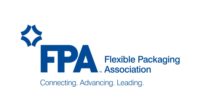Digital printing. The continuation of rigid-to-flexible. Recyclability. The ongoing importance of product differentiation. Combating the negative stereotypes of plastic. These trends — and a whole lot more —are covered in our annual executive forecast.
We caught up with representatives from Nordmeccanica, TC Transcontinental, MACtac and Bumble Bee Seafoods to give you a well-rounded, comprehensive view on the flexible packaging industry from the respective perspectives of an equipment manufacturer, converter, supplier and CPG. Here’s a look at what each of them had to say from their position in the industry for our annual forecast:
The Converter
You’ll be hard-pressed to find a converter that’s had a more eventful past few years than TC Transcontinental Packaging. Though the Canadian-based converter came in at No. 18 on our annual Top 25 Converters list last summer, the company is poised to make a big jump this year thanks to three 2018 acquisitions — Industries Flexipak, Multifilm Packaging and, perhaps most significantly, Coveris Americas. Prior to its spree of 2018 purchases, TC Transcontinental acquired Capri Packaging, Ultra Flex Packaging Corp., Robbie Manufacturing and Flexstar Packaging. Flexible Packaging recently caught up with Rebecca Casey, TC Transcontinental’s VP of marketing and consumer market development, for insight from a converter’s perspective on flexible packaging in 2019:
On 2019 from a converter’s perspective:
Casey: For TC Transcontinental Packaging, 2019 will be another year marked by growth. Market and product development will be at the heart of our activities and is part of our strategy for the year to come. We will continue working with our current clients and other potential clients to develop and commercialize products that meet their expectations as well as the consumers’ needs. First, we plan to focus on developing sustainable products that are 100 percent recyclable or compostable, and we will look at convenience and ready-to-eat products for on-the-go snacking, portion control and cooking methods. On the technology side, we plan to work on shelf impact and personalization, thanks to EG printing, coatings and prepress, as well as converting products from other formats such as plastic tubs, paper and glass.
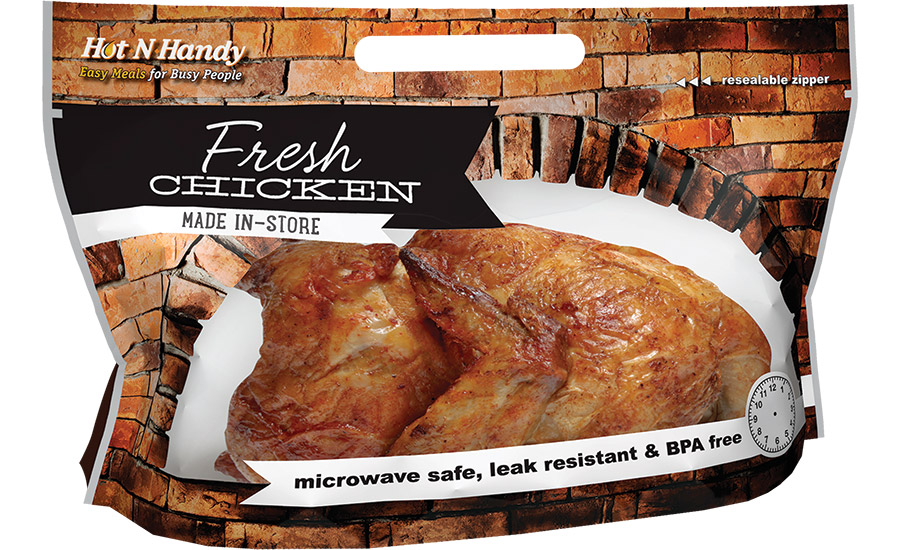
On challenges and opportunities in the near-term:
Casey: Without any doubt, the biggest challenge awaiting the flexible packaging industry for 2019 is sustainability. For us, that means creating a circular economy where all the players from sourcing, manufacturing and end-of-life management are involved and accountable to create the perfect sustainable packaging. We believe that we need to work as a team with the CPGs to reach this objective together. Another challenge that arises from sustainability is education. Educate consumers and CPGs on the value of plastic for food packaging. We need to explain the benefits of food packaging and debunk the myths around the topic. As for opportunities, research and development will be at the top of our priorities to develop intuitive packaging for the consumer.
On company goals for 2019:
Casey: TC Transcontinental has always diligently integrated best practices in sustainable development as part of its business activities and processes. We’ve always been committed to maintaining our leadership in corporate social responsibility (CSR). In 2019, we will release our next CSR plan, which will present detailed objectives reflecting our commitment for sustainability in packaging, and our concern for the health and wellbeing of the communities we serve.
Another important goal for TC Transcontinental and the packaging sector will be to attract, develop and retain top talent. Building careers one hire at a time, we will reach out to universities and colleges and build strong relationships with them to grow our pool of talent. We will also make sure to leverage the expertise and know-how we have gained from our acquisitions to become a top leader in flexible packaging in North America. At TC Transcontinental, employees are the backbone of the organization.
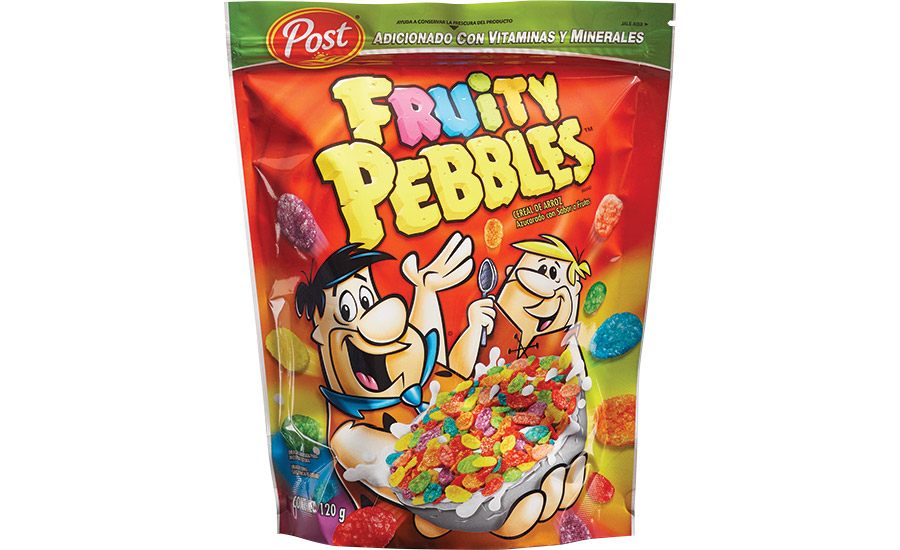
On the integration of Coveris Americas:
Casey: Our fiscal 2018 was marked by three strategic acquisitions, allowing TC Transcontinental Packaging to expand its manufacturing capabilities and enhance its product and service offering. On May 1, 2018, we completed the transformational acquisition of Coveris Americas, which has considerably expanded our presence with the addition of 21 production sites. It allowed us to expand our product offering thanks to best-in-class manufacturing capabilities and greater film manufacturing capabilities. Furthermore, in the wake of this acquisition, we are well positioned today across a broad range of growing end markets within the flexible packaging industry, namely dairy, pet food, agriculture and consumer products. Today, we are happy to say that the integration is going well. We continue joining our respective expertise and strengths, and we are working together to create value for the 3,500 loyal customers of Coveris Americas that we welcomed, many of which are leaders in their markets.
The Supplier
To get the perspective of a supplier, we reached out to Kim Hensley, Mactac’s marketing manager. As a label supplier, Mactac had a significant 2018, and arguably the highlight of its offerings was the release of its CHILL AT adhesive designed for cold temperature label applications. Hensley says the label industry is as strong as it has ever been and believes product differentiation will continue to drive labeling innovation in 2019 and beyond.
“We need to give customers a competitive advantage to avoid competing solely on price as costs rise,” she says.
Here’s a look at what else Hensley had to say:
On what’s trending in labeling:
Hensley: Brands continue to seek and stand out with special effects that give perception of quality, employing a variety of effects, such as varnishes, textures and specialty inks in addition to vibrant, colorful labeling solutions. Also popular are clear films that give a “no label look,” as the label looks like it was printed directly onto the container.
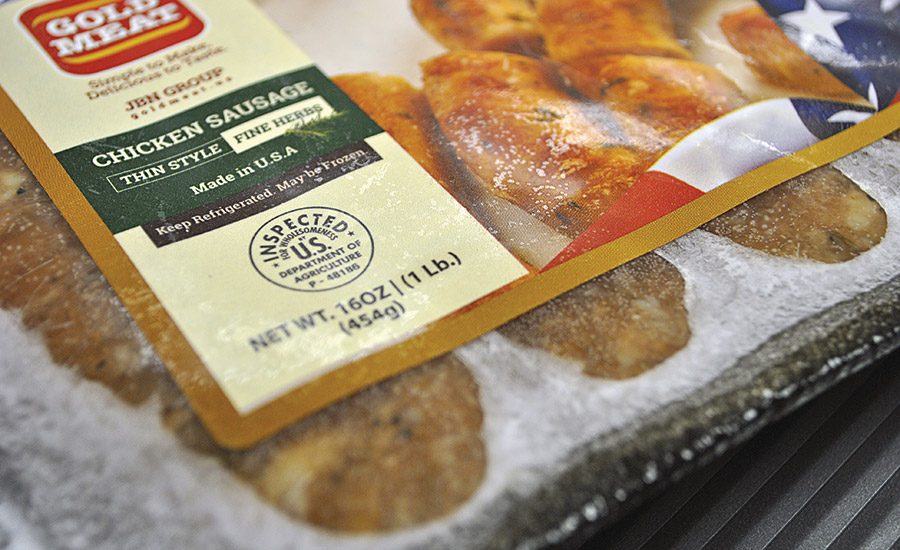
Customers are also demanding more convenient packaging for their food and beverages, household, cosmetics and other products. And while it is important to get the aesthetics right, the functional performance of the packaging can be improved through the right special effect solutions. For bulk packaging, the reseal feature is a major selling point to keep contents fresh. Brand owners benefit through long-term brand awareness when packaging is continuously reused as a result of the reclose/reseal function of their packaging.
On the importance of product differentiation and the role labeling plays:
Hensley: Differentiating product offerings to stand out from the competition is more important than ever. Brand owners are trying to capture a certain look. With only seconds to persuade potential customers, the labels on containers are just as important as the product inside. With a goal to stand out as much as possible, we need to help brand owners with product differentiation such as unique adhesives, specialty facestocks (i.e., metallic, clear no label look) to make products stand out and to give the perception of quality.
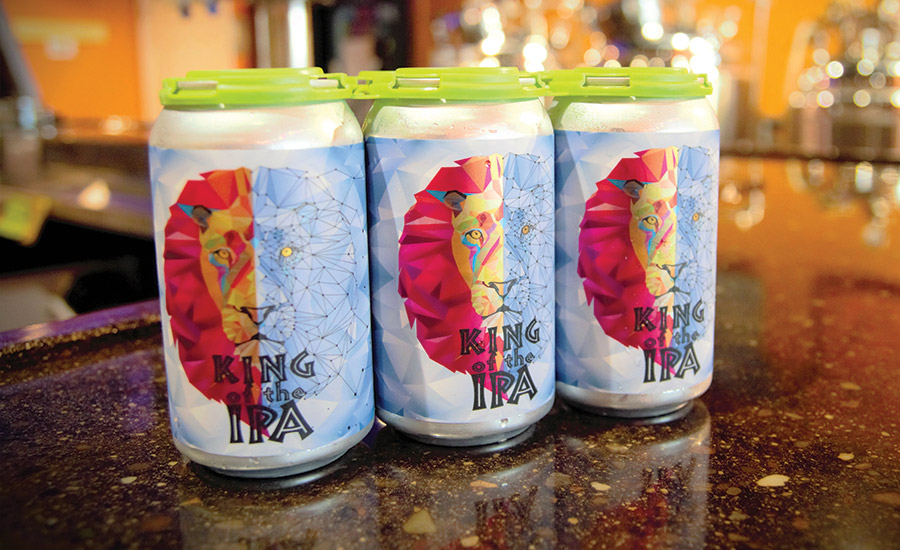
On challenges in 2019:
Hensley: Labor costs and material costs are continuing to increase and companies plan to put their business out to bid in 2019. As costs continue to rise, we need to give customers a competitive advantage to avoid competing solely on price.
Additionally, the need for small job opportunities has led to the growth in digital printing technology to enhance opportunities and generate additional revenue. With these small job opportunities, converters want to be able to order what they want when they need it, without stocking a large amount of inventory.
The Equipment Manufacturer
According to Giancarlo Caimmi, Nordmeccanica’s commercial director, global political instability and general unpredictability made 2018 an unusual year.
“We had growth in areas that we were not supposed to and vice versa,” he says. “North America started very slow and then picked up toward the end of the year, eventually staying within the expected targets. The initial reluctance to invest in capital equipment indicated a sort of lack of trust in the economy.”
Caimmi expects 2019 to start much better than 2018 did, and he had a lot to say about the industry from a manufacturer’s perspective. Here’s a look:
On trends and opportunities in 2019:
Caimmi: The ability to sense trends well in advance will make a significant difference for both converters and equipment manufacturers. Serving the industry globally allows us to witness trends that some time originate in different areas and in very different directions. What evolves in flexible packaging in Asia, Europe and America is influenced by regional politics, the economy and culture. They’re very locally specific. There are trends that are born in one area but show signs that they may soon contaminate others.
Energy consumption concerns, recycling improvements, reduction of the length of the production runs have been seen in certain areas first and then have reached a global scale. The same pattern applies to other topics. Therefore, an approach to innovating can just be to simply look around: Somewhere out there, certain evolutions are already at work. These may be geographically limited to certain areas, but they’re suitable for global evolution. That approach takes a lot of our attention and helps us to stay ahead in innovations and technical evolutions. Some of the most recent innovations we have presented to the industry have in fact been generated by such an approach. Take, for example, the barrier we have developed in cooperation with Henkel. One of the triggers was definitely what was happening in the U.S. with duties imposed over aluminum and the need for converters to have access to high barrier performance while avoiding foil. It’s an effective solution to an industry problem.
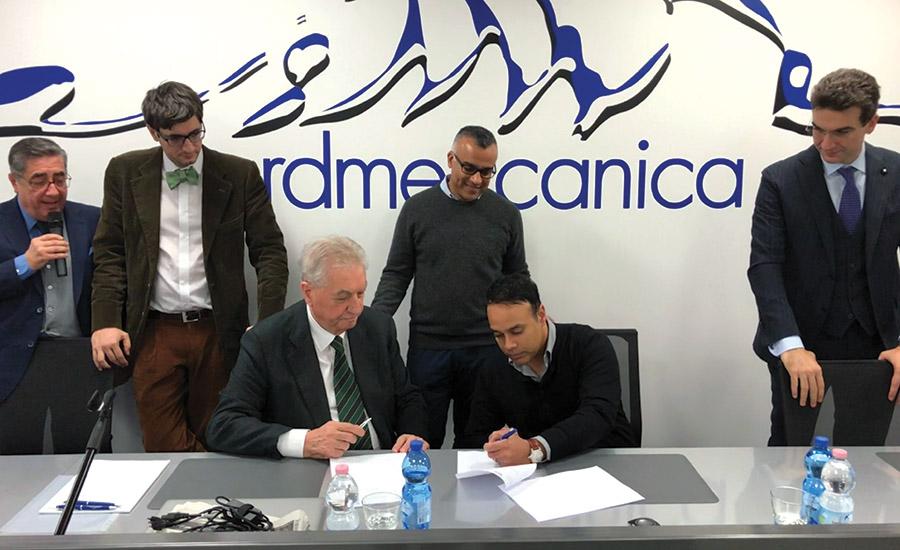
On major challenges in 2019:
Caimmi: It is about technology trends, specifically in our market segment of coating and lamination. It is about innovation and evolution in packaging. Flexible packaging keeps being the target of press aggression. The media acts as they are missing the big picture and focuses on the headline that “plastic is bad.” We do need to pursue technical improvements, mainly addressing energy saving and recycling. Flexible packaging is not the problem, rather it is part of the solution, but it can improve. Lamination of more homogenous layers, with recycling in mind is one way. So is the increased use of performance coatings. With all those trends evolving, what about investing in capital equipment? Is an investment performed now safe in consideration of new technical developments? Those considerations are, in my opinion, influencing the market these days. And to my opinion, the market has already demonstrated the solution. The trend in developed markets is toward flexibility. The super-custom design has been fading in favor of machine solutions open to the largest number of possible applications.
On factors influencing equipment making:
Caimmi: In my opinion, 2019 will be marked by the final entrench of digital printing in our industry. Digital printing has been a technical reality for well over two decades. Yet, it has always been promoted as a self-standing solution, without a proper focus on the actual application within the converting process. It is the format that was missing. How do you tailor the use of an innovation to a specific industry? Look at the attempts to force pre-lamination, thermal lamination and water-based lamination in association with digital printing in an industry that has retired those solutions years and years ago. Converters are not consumers, but business-oriented professionals with clear targets to meet. And within those targets there was definitely the integration of digital printing within the production flow of flexible packaging. We knew that coating and lamination in combination with digital printing was going through the same mainstream consideration as traditional conversion: no emission, low energy consumption, simplicity of use and profit. Therefore, we have been serving digital printers since day one with solventless laminators, learning more at every installation. Now, in close cooperation with digital printers, we have been able to identify the ideal set up for a laminator intended specifically for that purpose.
On the importance of industry collaboration and cooperation:
Caimmi: Cooperation through the value chain remains in fact one of our best kept secrets. Every product announcement is not the result of ideas developed within an ivory tower, it is instead the implementation of ideas developed to offer
effective solutions to our customers — the ultimate target of all of our actions.
The CPG
If you attended Global Pouch West last November, then you’re already familiar with Jan Tharp, who was the event’s keynote speaker. For those of you who are not, Tharp is the current interim CEO at Bumble Bee Seafoods, a 120-year-old brand in the shelf-stable seafood market. She previously served as the company’s chief operating officer. While Bumble Bee Seafoods is perhaps best known for its tuna, it also sells salmon, herring, clams and it has a small meats division as well. Here’s a look at what Tharp had to say about packaging and industry trends:
On the impact of good packaging:
Tharp: It’s something that I absolutely love and it’s not industry-specific. I love to hear stories about how packaging changes lives, because I believe that it can. From the convenience factor to moving products around the world, it’s just something that resonates with me. I think that anyone in a CEO role, especially of consumer products, has to understand the value of packaging because it touches so many elements of a brand. Packaging is getting more important. If you look at canned tuna historically, we’ve been rather boring with the exception of the pouches. As Bumble Bee moves forward and we execute our growing forward strategy, packaging is at the core of that because it is what facilitates convenience – and convenience is something right now the category is lacking. Consumers are interested in tuna if you can give them a product, a format and the right package.
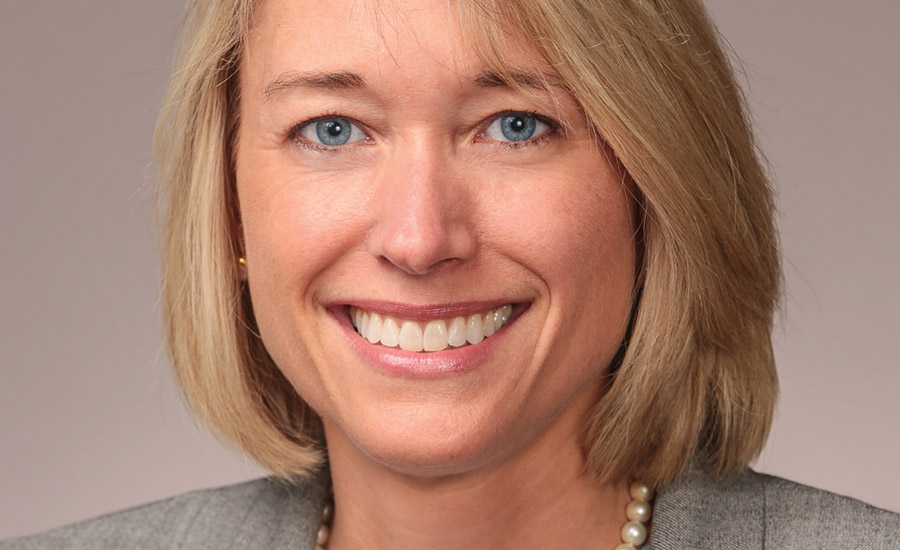
On trends impacting the industry overall:
Tharp: Safety and employee engagement. When we talk about an engaged workforce, whether they’re in the factory or in the corporate office, if you can engage your employees so they understand exactly what you’re doing and why you’re doing it, and they can see how they fit in to the overall strategy, you’re going to have a workforce that is far more productive than somebody who is coming in and missing all of those elements. They have to see the roadmap to see where they’re going. A lot of times, if you look at operations that aren’t performing well, I think somewhere in that system, communication has broken down. If you can educate people and communicate with people, you have to have that before you can start programs. The more there’s a two-way conversation, we see better performance. Everybody is essentially motivated by the same thing, and that’s the feeling of being valued.
More on Bumble Bee
To hear more of what Jan Tharp had to say, log on to www.packagingstrategies.com/media/podcasts/3067 and listen to the podcast titled “Catch the Buzz About Bumble Bee Seafoods Packaging"
|
Packaging Predictions for 2019 By John Kalkowski, Conference Program/Editorial Projects Director for BNP Media’s Packaging Group As brand owners in the food space fully dig in to 2019, several trends could – and should – affect their upcoming packaging decisions. To successfully build their brands, most food companies know the best way to present their product is through effective packaging. Consumers – especially the younger generations – are driving many of the changes in packaging. They see packaging as a way to find healthier food products, prevent waste and protect the environment. Sustainability has been an issue in packaging for so long now that it is difficult to call it a “trend.” However, it is still at the forefront of considerations for many packaging decisions, especially with recent calls to create a circular economy by reducing single-use plastics. Many major food brand owners, including PepsiCo, Nestle, Coca-Cola, Unilever and nearly 250 brands globally have committed to making all packaging recyclable by 2025. A recent report by Researchandmarkets.com predicts that demand for sustainable packaging will grow about 5.1 percent annually by 2025. These actions are likely to spur innovation among packaging suppliers. Look for suppliers to enhance processes that may make recycled plastics more usable with food products and develop new bio-polymers and cellulosic fibers that are recyclable. Despite its bad rap on recyclability, flexible packaging continues to grow rapidly. Bags, pouches and wraps have so many advantages, such as shelf appeal, light weight, less material usage, ease of storage, easy opening and resealability. However, use of laminated structures inhibit recycling because the layers can’t be separated. Advances in single-polymer packages, bio-polymers and other structural evolution will make pouches and bags even more attractive to food companies. Pouches also can be used with emerging processing technologies, such as HPP and microwave-assisted processing. A related development is the increasing need for transparency, not just in ingredients, but in the packaging, too. Consumers want to see the product itself to know what is really inside the package. Packaging also is going digital. Consumers want an experience with their packaging, and brands want to further engage shoppers with their stories. This is most apparent in the area of digital printing, which is making inroads with all types of packaging, from cartons to pouches and cans. For the first time, converters’ purchases of digital presses in 2018 was expected to surpass flexo presses. Digital printing now offers comparable print quality and brisk improvements in capacity compared to other forms of printing. With the ability to produce variable printing, packaging of all types can be personalized and customized. Some converters are going all-in with digital printing. For instance, ePac, with six locations and more than 20 digital presses, is the first U.S.-based flexible packaging company built entirely on emerging digital printing technology, providing brands rapid turnaround and the ability to order custom printed short- and medium-run length jobs. Augmented reality is another way brand owners are using packaging to engage customers. By embedding digital codes in the images on packages and labels, brands can capture consumers’ attention and increase sales simply by having them point their smart phones at the packaging. This entertaining technology is likely to gain wider acceptance and more general usage in the coming years. Look for these and other evolving technologies to strengthen packaging’s role in food protection and and marketing in 2019. |




